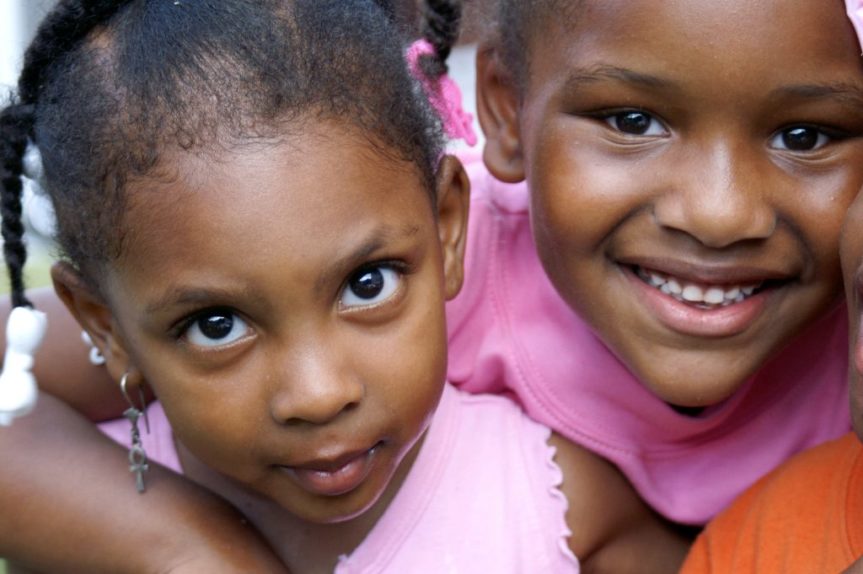“We are a movement starting from the self that asks what we can do as individuals to make conditions better for young Black women.” That is how the African American Female Achievement initiative (AAFAI) was described to me by Sultanah Corbett, one of the founders of Oakland’s effort to better understand and better serve African American females.
An effort that we will be highlighting this year through posts from the young women themselves and those who work with them on this blog.
A Homegrown Program
For over 30 years Ms. Corbett has been working with students using a social justice and equity lens. Those experiences highlighted the need for something different, particularly as it relates to African American females. “Black girls were struggling” and seeing some of the specialized programs that were developing for Black boys, “We needed the same for our girls, specialized programs and specific resources” and from there, AAFAI was born.
Not in a downtown office or foundation boardroom, in classrooms, and lived experiences.
Since then, AAFAI joined a national research partnership, took a recent trip to the White House and spurred the development of a dedicated office in OUSD. But Ms. Corbett’s feet are still firmly on the ground in West Oakland working with young women at her school. She is also looking to expand the program here, and develop schools in Oakland as models of what can be done for the nation.
The need for AAFAI
AAFAI’s co- founder Dr. Corigan Malloy described the need and current context,
With over 25 years of teaching experience, and ten of those years dedicated to teaching in OUSD schools, I’ve concluded the educational experience of Black girls in Oakland, while varied, is a common one in that the girls are a population that has been left behind when resources are distributed to improve the academic lot of students. Being female, black, and poor presents a challenge for “success” in American society, and this mindset is not uncommon in education, and in Oakland, where historically, children of color are underserved. Black girls are the fastest growing population of incarcerated students; are disciplined more often and more harshly than their White and Asian counterparts; and are expected to sally forth despite their treatment. Black girls, most recently, have become the national “buzzword,” as myriad factions attempt to finally address their plight, but oftentimes, this new attention remains minimal. Black girls are under constant pressure, scrutiny, and seen through less than favorable lenses by those assigned to protect, provide for, and teach them. As such, Black girls continue to strive and excel under circumstances that are challenging and unfair. Black girls succeed, but their success is often largely due to their will and the strength of their own perseverance, and willingness to overcome the odds.
I covered some of the data in more detail in a previous piece, but the statistical disparities are striking.
Alongside massive disproportionality in suspensions, African American girls have roughly a double rate of chronic absence at 20%. And while there are lower reading proficiency rates for Latinas at 3rdgrade, 24% proficiency versus 31% proficiency for African Americans. When it comes to graduating high school and completing the A-G college entrance requirements 61% of Latinas were eligible for UC and Cal State while only 36% of African American girls were.
Girls that start out ahead, end up way behind, something is happening in schools.
The numbers scream what the students are telling us, schools aren’t working for our African American girls. This confirms the experiences of Ms. Corbett of 30 plus years working in education. “This population needs special attention…We need culturally responsive programs to help them develop socially and academically.”
The question is not whether there is a problem, it’s what are we going to do about it. And why hasn’t more been done already?
What’s Next?
This will be a year of listening and elevating the voices of these young women. We will be working with AAFAI, students and schools, to tell our young sisters’ stories, conduct action research, and also address decision makers with recommendations.
When I first interviewed Ms. Corbett on her background, she called herself a “citizen researcher.” That term is resonating right now for me, both because my favorite book last year was “Citizen” by Claudia Rankine, which pondered the “citizenship” of Black folks, and then to hear Obama’s farewell address and his call for all of us to engage as “citizens.”
As President Obama so eloquently stated,
“It falls to each of us to be those anxious, jealous guardians of our democracy; to embrace the joyous task we’ve been given to continually try to improve this great nation of ours. Because for all our outward differences, we all share the same proud title: Citizen.”
I hope that many of you will follow our “joyous task” of helping to tell these stories, or if you have stories of your own or your school does, we welcome your participation in our shared role as citizen researchers.
The task is on us to improve this great city of ours, and we have at least one obvious starting point.

